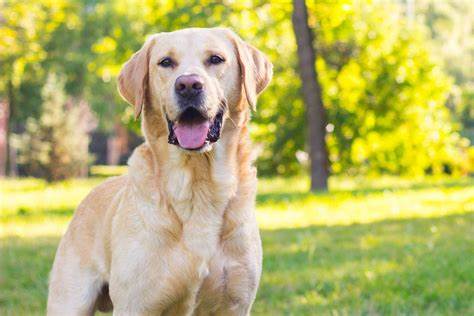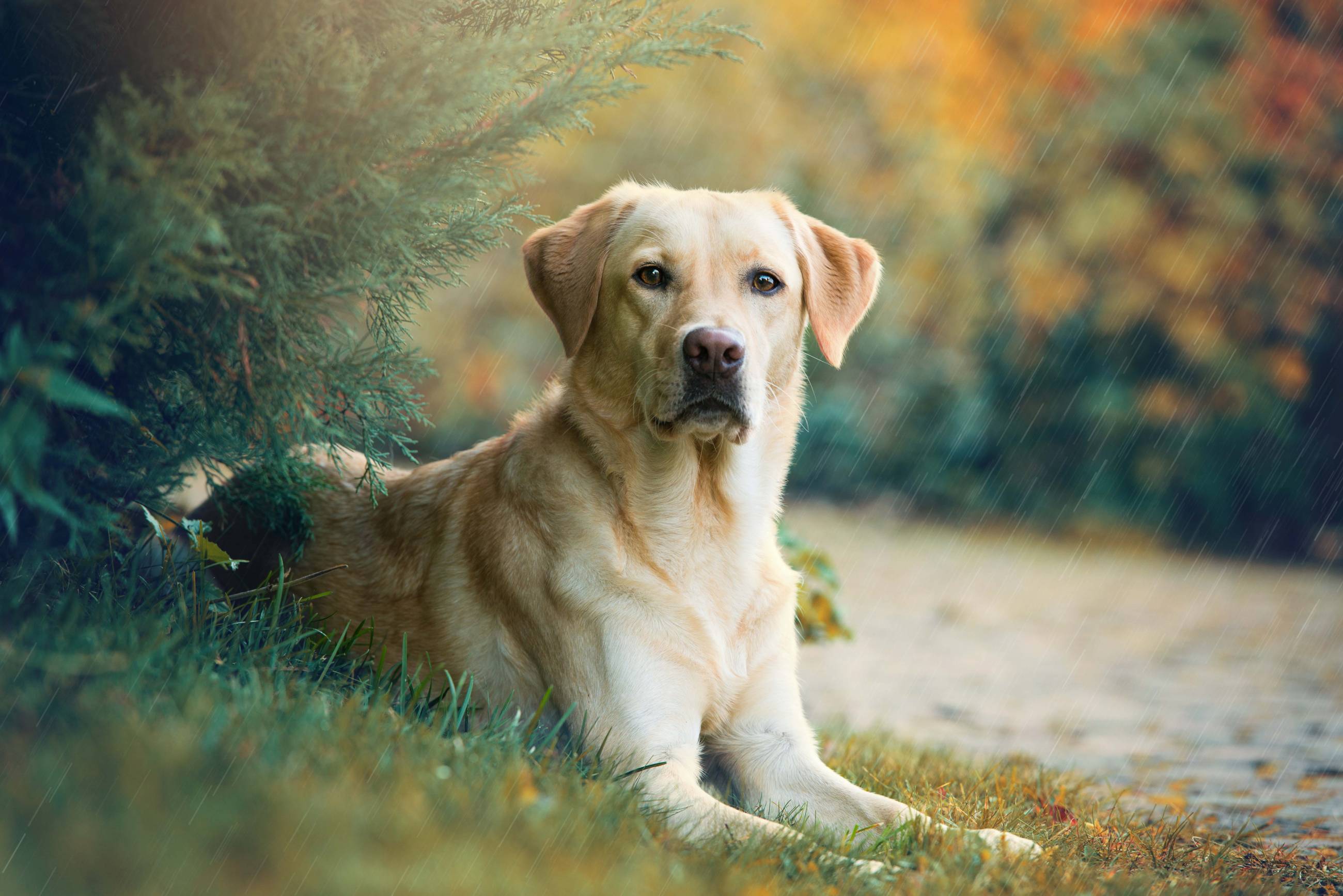
The Labrador Retriever’s origins trace back to Newfoundland, Canada, in the early 1800s. Contrary to its name, the breed actually developed from the now-extinct St. John’s Water Dog, which local fishermen used to retrieve fish and nets from icy waters. British nobles visiting the area brought these dogs back to England, where they were refined into the breed we now recognize as the Labrador Retriever.
Bred for their excellent retrieving ability, intelligence, and loyalty, Labradors quickly became popular as hunting companions and working dogs. They’ve since become one of the most beloved breeds globally, excelling in various roles—from service and therapy to search and rescue and competitive sports.
The Labrador Retriever is consistently ranked as one of the most popular dog breeds in the United States, Canada, the UK, and beyond. Families, singles, and service dog programs alike admire the Lab’s friendly nature, intelligence, and trainability.
Its adaptability makes it suitable for a wide range of lifestyles, from active outdoor enthusiasts to families seeking a gentle and loyal pet.
The Labrador is a strong, athletic medium-to-large breed known for its weather-resistant coat, powerful build, and soulful eyes.
Coat:
• Short, dense, and water-resistant.
• Lies close to the body with a slight undercoat that provides insulation.
Color:
• Black
• Yellow (ranges from cream to fox red)
• Chocolate
Size:
• Height: 21.5–24.5 inches (55–62 cm)
• Weight: 55–80 lbs (25–36 kg), with males generally larger than females
Head & Expression:
• Broad skull with a clean-cut muzzle and expressive, kind eyes.
• Eyes usually brown or hazel, radiating warmth and intelligence.
Ears:
• Set slightly back and hang close to the head.
Tail:
• Thick at the base and gradually tapering—often called the “otter tail.”
• Carried straight or level with the back.
Body:
• Well-balanced and athletic with a deep chest, strong back, and sturdy limbs.
Friendly, reliable, and eager to please, the Labrador Retriever is a dream companion for many types of households.
Affectionate and Friendly:
Loves people of all ages—one of the most social and people-oriented breeds.
Eager to Please:
Highly trainable with a strong desire to work alongside humans.
Playful and Energetic:
Always ready for a game of fetch or a swim—thrives on physical activity.
Gentle and Patient:
A natural choice for families with children due to its even temperament.
Intelligent and Versatile:
Excels in obedience, agility, hunting, service work, and more.
Sociable:
Gets along well with other dogs and pets when properly socialized.

Labradors are known as the “ultimate family dog” for good reason—they’re kind, outgoing, dependable, and endlessly adaptable.
Excellent with Kids:
Naturally gentle and tolerant, Labs are wonderful with children.
Trainable and Intelligent:
Whether as a service dog, hunting companion, or household pet, Labs thrive with training and structure.
Outdoor Adventure Buddy:
Loves hiking, swimming, running, and fetching—perfect for active families.
Low Grooming Needs:
Despite their double coat, Labs require only moderate grooming.
Balanced Temperament:
Friendly yet protective, active yet calm indoors.
Labs are relatively easy to care for, but they do require time, attention, and physical activity.
Training:
• Highly responsive to positive reinforcement.
• Start early to prevent bad habits (like pulling or jumping).
• Thrives in obedience classes and enjoys advanced tasks.
Exercise:
• High energy—needs 60–90 minutes of activity daily.
• Loves swimming, hiking, and retrieving games.
• Without enough exercise, can become bored and destructive.
Grooming:
• Weekly brushing to manage moderate shedding.
• Bathe as needed—coat repels dirt naturally.
• Seasonal shedding increases in spring and fall.
Nutrition:
• Prone to weight gain—measure meals and avoid overfeeding.
• Use a high-quality, balanced large-breed diet.
Companionship:
• Labs crave companionship—don’t do well in isolation.
• Needs to feel like a part of the family.

Labradors are generally healthy but can be prone to a few conditions. Responsible breeding and regular vet care help mitigate risks.
Common issues include:
• Hip and elbow dysplasia
• Obesity
• Progressive retinal atrophy (PRA)
• Exercise-induced collapse (EIC)
• Ear infections (due to floppy ears and love of water)
Average lifespan: 10–12 years
Compared to the Golden Retriever, Labs are slightly more energetic and a bit less fluffy. They’re more outgoing than the German Shepherd and easier to handle than a Chesapeake Bay Retriever. Their temperament is more even than a Weimaraner, and they’re less aloof than breeds like the Belgian Malinois.
If you want a cheerful, active, loyal, and loving dog, the Labrador Retriever could be your perfect match. Labs need a home where they’re given regular activity, mental engagement, and plenty of affection.
Not recommended for people seeking a low-energy, independent dog or who are away from home for long periods.
The Labrador Retriever offers the complete package: loyal companion, playmate, and helper. United Pet Club is here to guide you through choosing a Lab, offering support with training, nutrition, and health care for your newest family member.